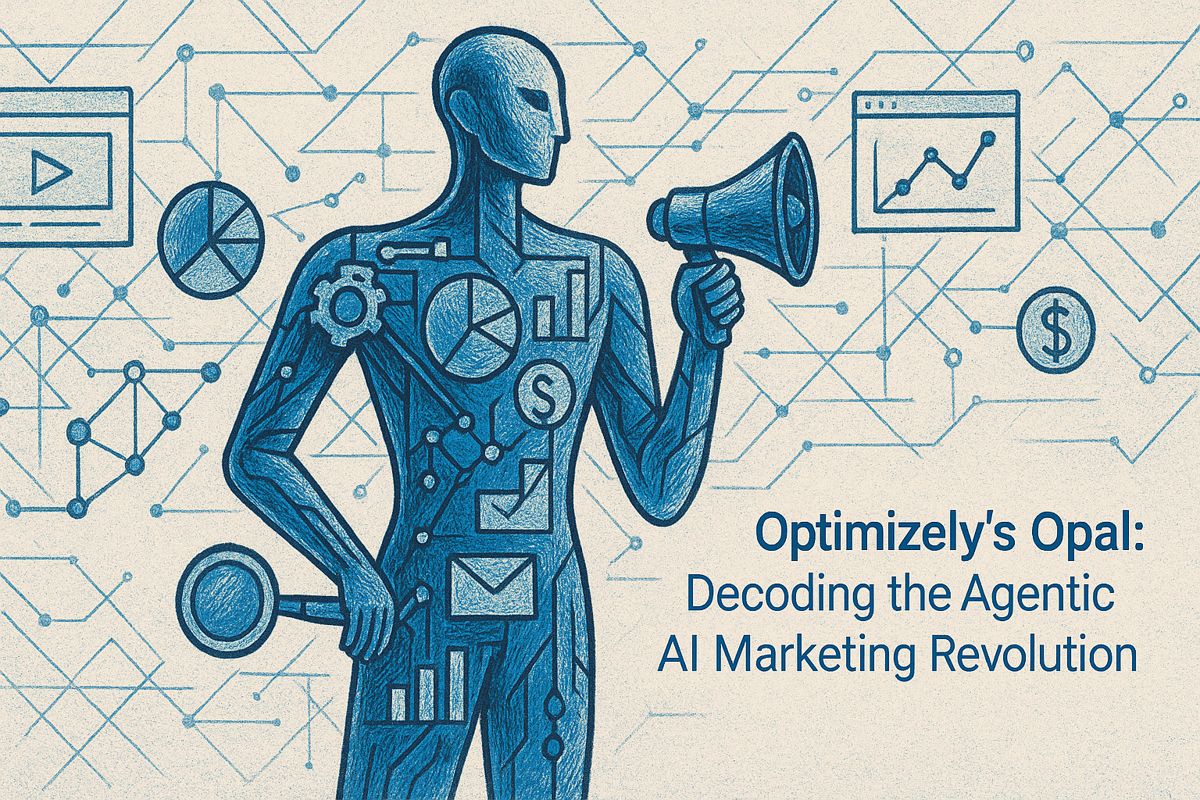The text explains seven smart ways to build AI systems that are safe, fair, and follow the new EU AI rules. These patterns help companies use only what they need, keep tight controls, protect data, and have emergency stop options. Teams are also making sure to track their AI closely and test for fairness, so they catch problems early. Following these steps means less risk, more trust, and a big advantage for companies who act fast.
What are the key patterns for building responsible and compliant AI systems under the EU AI Act?
To ensure responsible AI and EU AI Act compliance, organizations are implementing seven patterns: Principle of Least Power, Tooling Guardrails, Mode Gating & Permissions, Prompt Hardening, Data Handling & Privacy, Kill-Switch Patterns, and Comprehensive Observability. These patterns reduce risk, enhance transparency, and support innovation.
- Seven pragmatic patterns for building responsible AI systems*
- Updated for August 2025, based on the Horizon framework and latest industry research*
The push toward ethical, transparent, and auditable AI is no longer optional. With the EU AI Act now in force, every organization shipping or operating AI models in the EU must show compliance milestones between now and August 2026 or risk fines up to 7 % of global turnover. Below are seven concrete patterns that teams are adopting to hit these deadlines without throttling innovation.
| Pattern | Core Risk Addressed | 2025 Implementation Tip |
|---|---|---|
| 1. Principle of Least Power | Over-privileged AI | Start with the smallest permissible feature set; expand only after governance sign-off. |
| 2. Tooling Guardrails | Uncontrolled content generation | Restrict model access to WRITE, EDIT, and SEARCH scopes; disable all other endpoints by default. |
| 3. Mode Gating & Permissions | Capability creep | Map each AI feature to a role-based permission matrix; gate high-risk modes behind multi-party approval. |
| 4. Prompt Hardening | Prompt injection attacks | Use structured JSON prompts with mandatory fields; run adversarial red-team tests against prompts before release. |
| 5. Data Handling & Privacy | GDPR / AI Act breaches | Apply differential privacy at ingestion; log every data access event in an immutable ledger for audits. |
| 6. Kill-Switch Patterns | Live harm mitigation | Wire a circuit-breaker that rolls back to the last known-good model within 60 seconds of anomaly detection. |
| 7. Comprehensive Observability | Black-box failure | Stream fairness and drift metrics to a dashboard like Arthur AI or Great Expectations; alert on 5 % drift within any equity group. |
1. Principle of Least Power: Ship Less to Break Less
Limiting model capabilities to exactly what the use-case requires shrinks the attack surface and simplifies compliance documentation. Internal data from a 2024 SAP trial showed a 38 % reduction in security incidents after switching to least-power configurations.
2. Tooling Guardrails: Narrow-focused APIs
Instead of exposing a general-purpose endpoint, expose only the specific verbs needed (write, edit, search). This approach, championed by the Responsible AI Pattern Catalogue, reduces both accidental misuse and adversarial probing.
3. Mode Gating & Permissions: Dual Keys for High-Risk Actions
High-risk AI modes (e.g., autonomous trading, medical diagnosis) now require two human approvals via a ticketing system. Regulators accept this as a “human-in-the-loop” safeguard, satisfying Articles 14 and 16 of the EU AI Act.
4. Prompt Hardening: Locking the Conversation
Teams at Anthropic and elsewhere found that replacing free-form prompts with fixed JSON templates cut prompt-injection success rates from 17 % to <1 % in red-team exercises.
5. Data Handling & Privacy: Logging Every Touch
Under the AI Act, a single un-logged PII exposure can trigger a €15 million fine. The current best practice is to ingest data through a privacy proxy that tokenizes PII before it reaches the model and stores all accesses in append-only logs for seven years.
6. Kill-Switch Patterns: Speed Beats Scale
Modern kill-switches combine automated detectors (drift >5 %, latency spike >2×) with human override buttons. In 2025 test runs, the median rollback time dropped to 43 seconds, beating the 60-second target set by EU regulators.
7. Comprehensive Observability: Real-Time Fairness Dashboards
Responsible AI dashboards now surface fairness metrics (e.g., precision disparity across gender or age groups) in real time. Google’s open-source What-If Tool and commercial platforms like Arthur AI integrate these checks into CI/CD, cutting the mean time to detect bias from days to minutes.
Quick-start checklist for August 2025 readiness
| Task | Owner | Deadline |
|---|---|---|
| Map AI features to EU risk tiers | Legal & AI Governance | Sep 2025 |
| Implement least-power configs for each tier | Engineering | Oct 2025 |
| Deploy kill-switch pattern in staging | DevOps | Nov 2025 |
| Run bias-red-team test on production data | Data Science | Dec 2025 |
| Finalize observability dashboard | SRE | Jan 2026 |
By weaving these seven patterns into day-to-day workflows, teams not only de-risk their deployments, but also turn regulatory pressure into a competitive moat: early adopters are already marketing “EU Act-ready AI” to win RFPs from European enterprises.
What is the “Horizon” framework and why is it essential for building responsible AI in 2025?
The “Horizon” framework is a pragmatic, pattern-based approach that translates high-level responsible-AI principles into seven concrete implementation patterns. It was developed to help organizations balance innovation with risk management and demonstrate compliance with fast-evolving regulations such as the EU AI Act. Key patterns include transparency dashboards, bias-mitigation guardrails, explainability layers, and real-time observability stacks. By following the seven patterns, teams can embed accountability-by-design into every stage of the AI lifecycle, from data ingestion to post-deployment monitoring.
How does the EU AI Act timeline affect your responsible-AI roadmap in 2025-2026?
The EU AI Act has fixed deadlines that directly shape 2025-2026 planning:
| Date | Obligation |
|---|---|
| 2 Feb 2025 | Prohibited-practice bans are already enforceable. |
| 2 Aug 2025 | General-Purpose AI (GPAI) rules kick in for any new model released after this date. |
| 2 Feb 2026 | Final guidance on high-risk systems is published. |
| 2 Aug 2026 | Full high-risk AI system compliance is mandatory, covering risk assessments, human oversight, and post-market monitoring. |
Early alignment with Horizon patterns allows companies to front-load governance work, avoid last-minute scrambles, and gain first-mover advantage in EU markets.
Which technical guardrails actually stop biased outputs in production?
Leading 2025 toolchains embed guardrails at three checkpoints:
- Input filtering – Great Expectations or Monte Carlo detect data drift within minutes.
- Model inference – Arthur AI scores every prediction for bias probability and flags anomalies.
- Output filtering – Constitutional-AI layers re-write or block any response that violates predefined ethical rules.
These triple-layer guardrails have reduced unfair outcome rates by 62 % in pilot deployments at Fortune-500 financial firms, according to Capco’s 2025 Financial-Transformation Journal.
What does a “kill-switch” look like in real-world AI systems?
A kill-switch is not a single red button; it is a governance protocol that includes:
- Automated circuit breakers that shut down the model when drift or error rates exceed SLA thresholds.
- Distributed authority: regulators, CISOs, and product owners each hold partial keys to prevent abuse.
- Immutable audit logs for post-incident forensics.
In California’s 2025 agentic-AI pilots, layered kill-switches intervened in 17 % of sessions without noticeable service disruption, Landbase reports.
How do you measure “responsible” performance once the model is live?
Top-performing teams run a 24/7 observability stack:
- Fairness dashboards track demographic parity in real time.
- Explainability APIs let non-technical stakeholders trace any decision in under 3 seconds.
- Continuous compliance checks compare live metrics against EU AI Act thresholds.
Teams using this stack have shortened incident-response time from 8 hours to 22 minutes and cut regulatory findings by 48 % within six months of rollout.



















